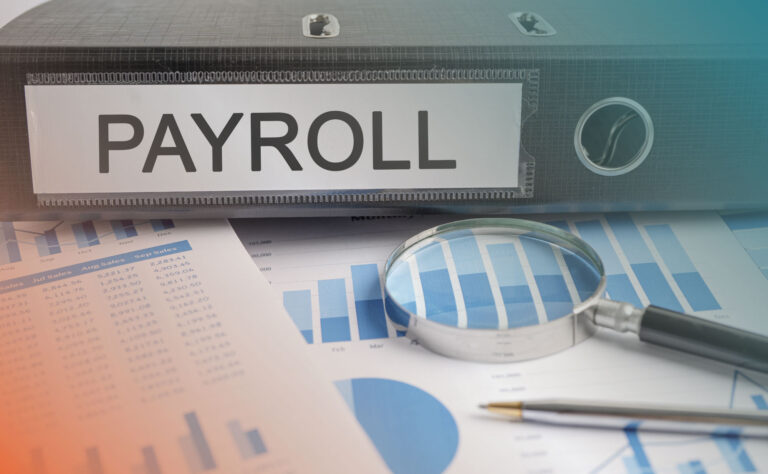It may feel like tax season just ended but now is actually one of the most important times of the year to revisit your financial strategy. With new IRS enforcement priorities, evolving tax rules, and changes in income or deductions for many households, a mid-year tax check-in can help you avoid surprises—and unlock savings—well before year-end.
Here’s what individuals and families should be thinking about now to make the most of 2025.
1. Have Your Income or Life Circumstances Changed?
Your tax situation likely looks different than it did six months ago. Common mid-year changes that affect your tax position include:
- A new job or salary increase
- Shifts from W-2 income to freelance or self-employed work
- Retirement or partial retirement
- Marriage, divorce, or a new dependent
- Investment income or stock sales
- Significant medical or education expenses
These changes can move you into a different tax bracket, increase your exposure to estimated tax penalties, or open the door to deductions or credits you didn’t qualify for previously.
2. Are Your Withholdings or Estimated Payments Still on Track?
The IRS continues to closely monitor underpayments, and more individuals are receiving penalty notices, especially those with side income, freelance work, or investment gains.
You may need to:
- Adjust your W-4 withholdings if your income changed
- Make a Q3 estimated payment (due September 15)
- Recalculate based on actual YTD income rather than outdated projections
Even if your situation hasn’t changed much, running a quick mid-year tax check can protect you from penalties and unexpected tax bills next spring.
3. Have You Taken Advantage of 2025 Opportunities Yet?
There’s still time to make the most of tax-saving opportunities in the second half of the year:
- Maximize retirement contributions like 401(k), IRA, SEP, and others.
- Time large expenses like medical procedures, home improvements, and charitable gifts to align with deduction thresholds.
- Reassess tax-loss harvesting strategies if markets shift.
- Start planning for energy-efficient upgrades or education-related deductions.
The earlier you plan, the more options you have.
4. Are You Ready for IRS Digital Changes?
The IRS is continuing its transition toward digital-only payment and refund options, with many paper check options phasing out by the end of 2025. That means now is a great time to:
- Confirm your IRS online account is set up.
- Switch to direct deposit for any expected refunds.
- Use EFTPS or IRS Direct Pay for estimated payments.
Avoid delays and ensure you’re positioned for seamless compliance.
Take Action: Schedule Your Mid-Year Tax Clarity Session
At CGP, we offer a Tax Clarity Snapshot, a focused session where we:
- Compare your current income and withholding vs. projected liability.
- Flag risks and opportunities based on your life circumstances.
- Provide practical, personalized advice to improve your tax position for the rest of the year.
Don’t wait until December. Planning now can save you money, reduce stress, and help you take full advantage of what 2025 has to offer. Schedule your Tax Clarity Snapshot today.








